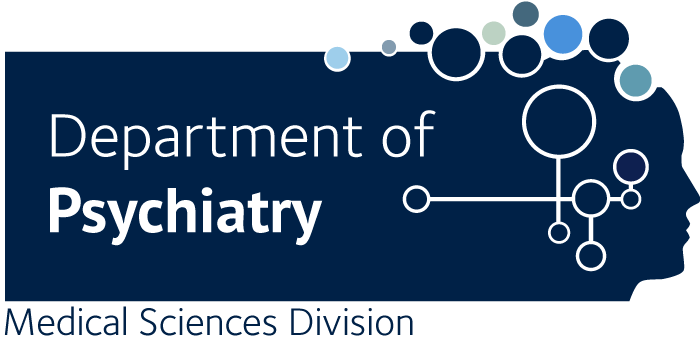White matter abnormalities across the lifespan of schizophrenia: a harmonized multi-site diffusion MRI study.
Cetin-Karayumak S., Di Biase MA., Chunga N., Reid B., Somes N., Lyall AE., Kelly S., Solgun B., Pasternak O., Vangel M., Pearlson G., Tamminga C., Sweeney JA., Clementz B., Schretlen D., Viher PV., Stegmayer K., Walther S., Lee J., Crow T., James A., Voineskos A., Buchanan RW., Szeszko PR., Malhotra AK., Hegde R., McCarley R., Keshavan M., Shenton M., Rathi Y., Kubicki M.
Several prominent theories of schizophrenia suggest that structural white matter pathologies may follow a developmental, maturational, and/or degenerative process. However, a lack of lifespan studies has precluded verification of these theories. Here, we analyze the largest sample of carefully harmonized diffusion MRI data to comprehensively characterize age-related white matter trajectories, as measured by fractional anisotropy (FA), across the course of schizophrenia. Our analysis comprises diffusion scans of 600 schizophrenia patients and 492 healthy controls at different illness stages and ages (14-65 years), which were gathered from 13 sites. We determined the pattern of age-related FA changes by cross-sectionally assessing the timing of the structural neuropathology associated with schizophrenia. Quadratic curves were used to model between-group FA differences across whole-brain white matter and fiber tracts at each age; fiber tracts were then clustered according to both the effect-sizes and pattern of lifespan white matter FA differences. In whole-brain white matter, FA was significantly lower across the lifespan (up to 7%; p

